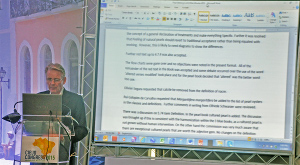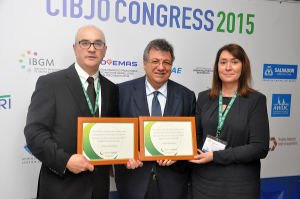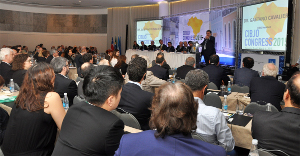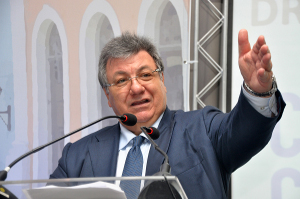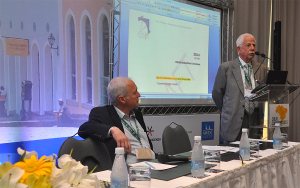CIBJO Guide for Grading Natural Pearls and Cultured Pearls discussed
During its formal session at the 2015 CIBJO Congress in Salvador, Brazil, the Pearl Commission discussed the CIBJO Guide for Grading Natural Pearls and Cultured Pearls, which had been submitted by Nick Paspaley of Australia.
Work on the Guide began following a decision at the Moscow Congress in 2014, which called on the Pearl Commission to consider at producing a document that describes a uniform system for pearl grading, said Pearl Commission President Ken Scarratt.
A number of people drove this initiative forward under the leadership of Pearl Commission Vice President Jeanne Lecourt.
Mr. Scarratt said he had received a number of lengthy edit requests for the Guide, which aims to help people understand what the issues that need to be looked at during pearl grading. Various parts of the Guide were reviewed during the Pearl Commission meeting, and it was agreed to continue with the project.
Earlier, it was agreed that the Pearl Commission Blue Book changes at the 2014 Congress be incorporated.
Mr. Scarratt said that a tremendous amount of work harmonising the Pearl Blue Book with the other Blue Books had been undertaken.
It had been decided during the steering committee meetings that preceded the congress that definitions be removed from the Table of Contents of the Pearl and the Coloured Stone Blue Books, and to add the Coral Commission to the list in the Foreword of the books.
It was also proposed for the Pearl Book to remove the concept of a general declaration of treatments and make everything specific. This would be looked at in the coming year.
There was a discussion on what is a gem, with cultured pearl added to the definition, and whether it this consistent with harmonisation in three other Blue Books. This is because a cultured pearl is not grown without human intervention. It was recommended and accepted that there be no changes.
There was also a discussion over the use of the word “carat” in weighing artificial products, and objections from the floor of the meeting. Thomas Lind proposed that it be stated that carat is equivalent to 200mg, as a way of resolving the issue. Mr. Lind’s proposal was accepted.

